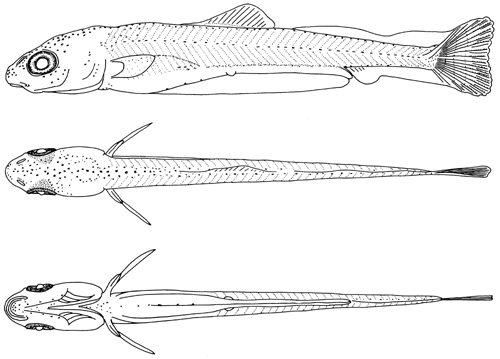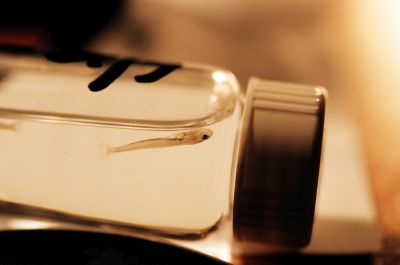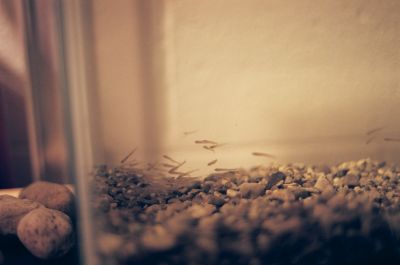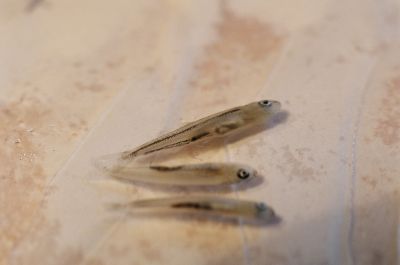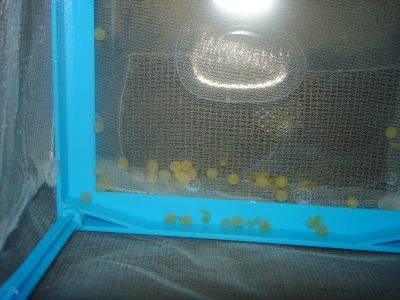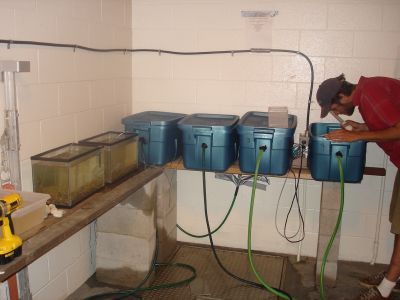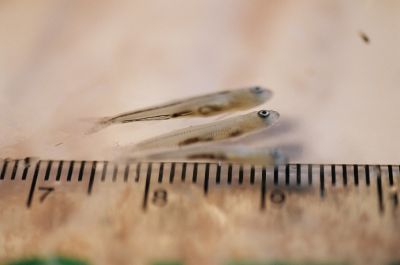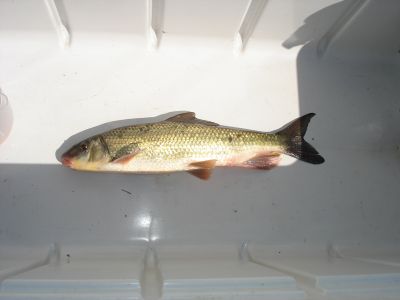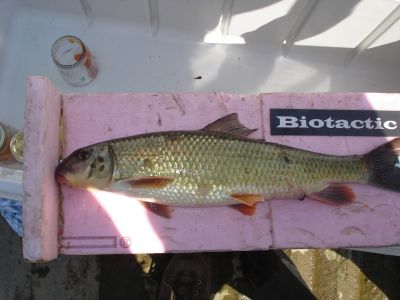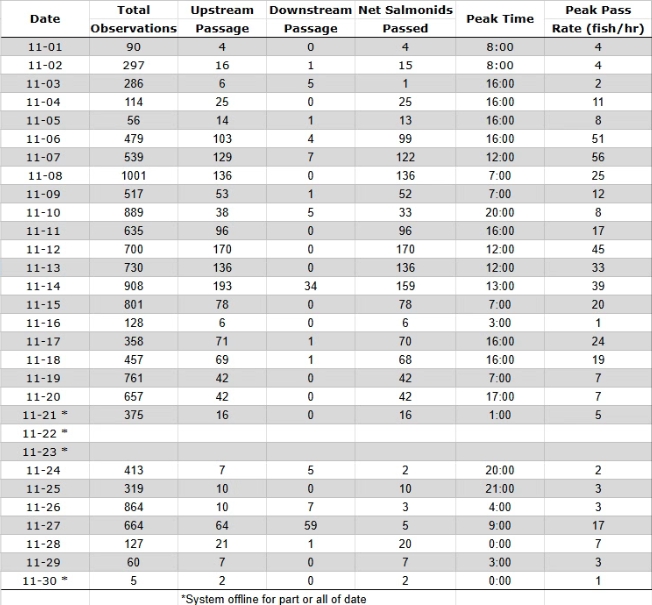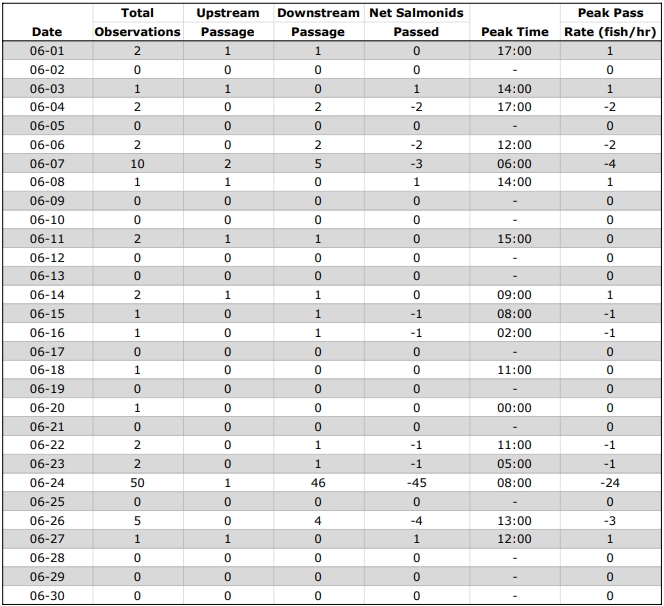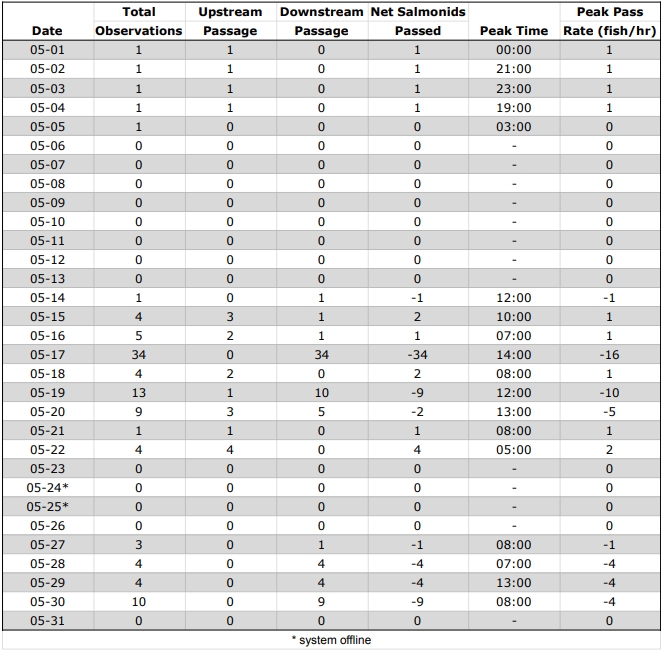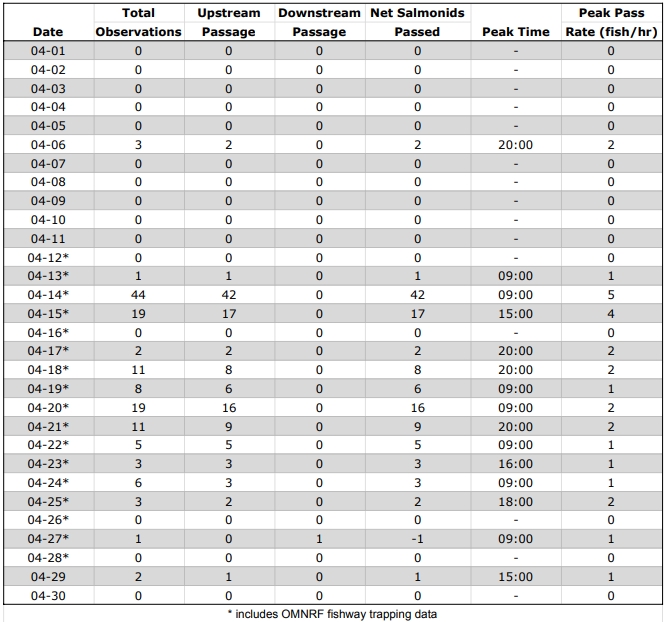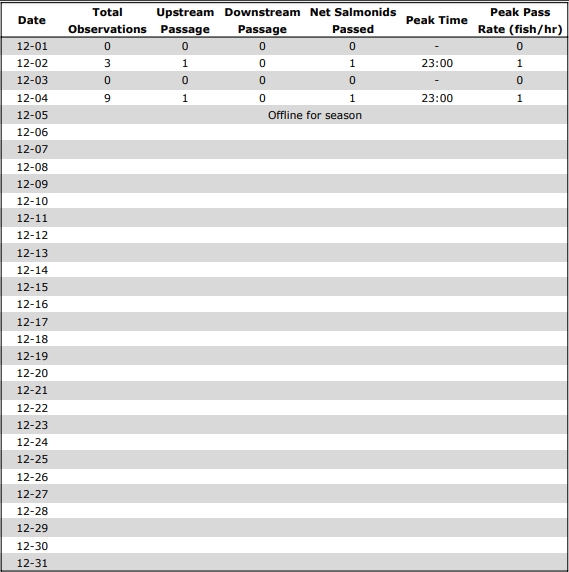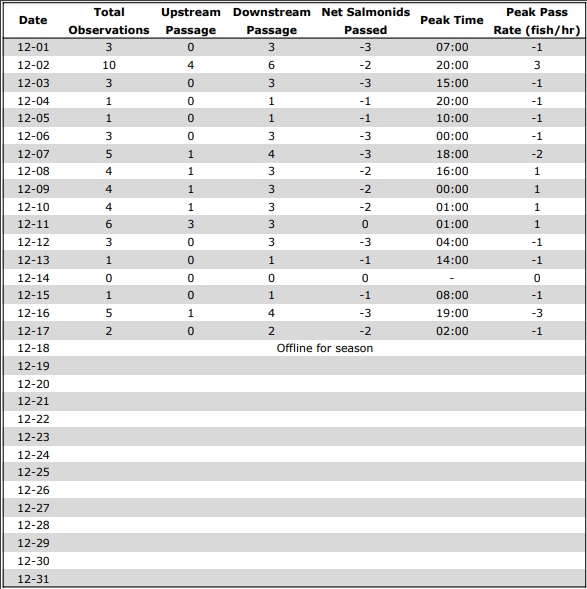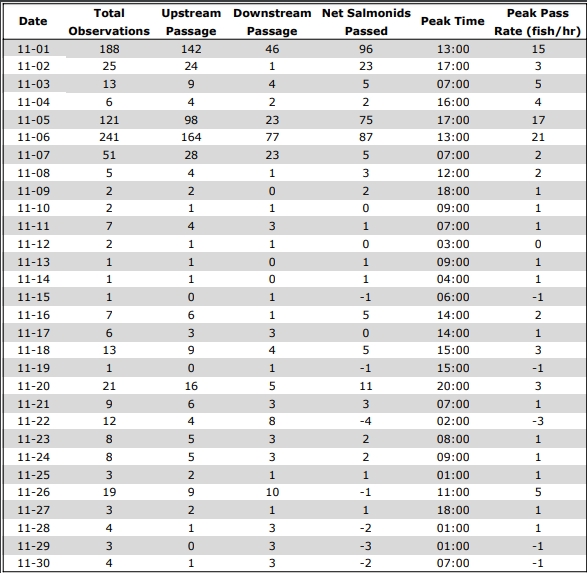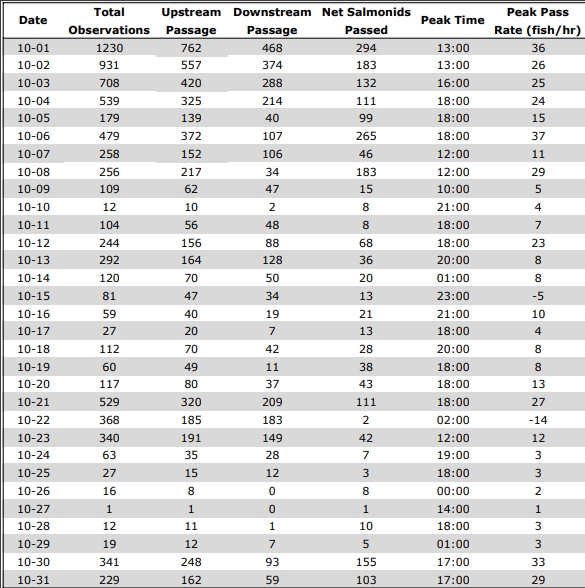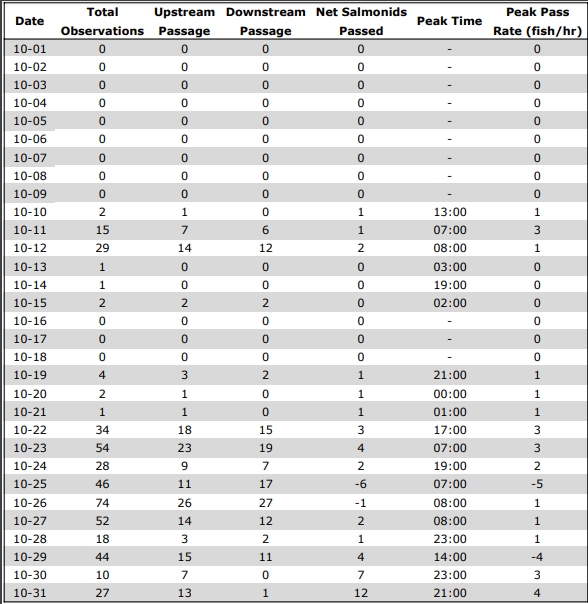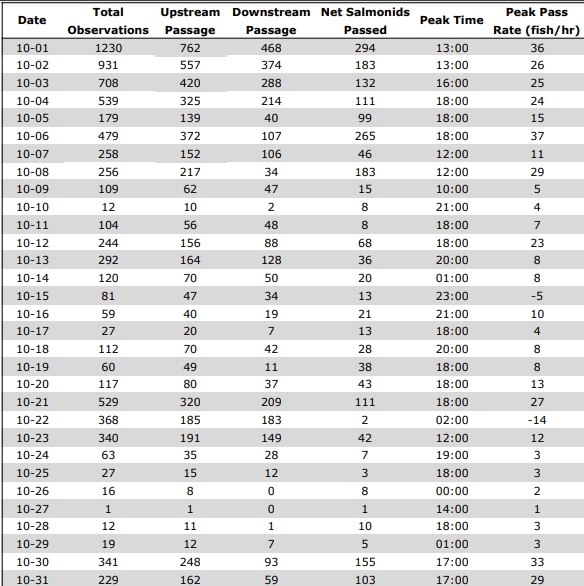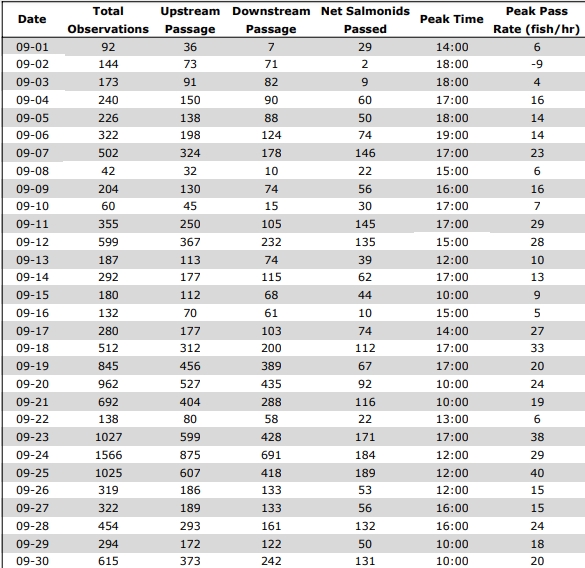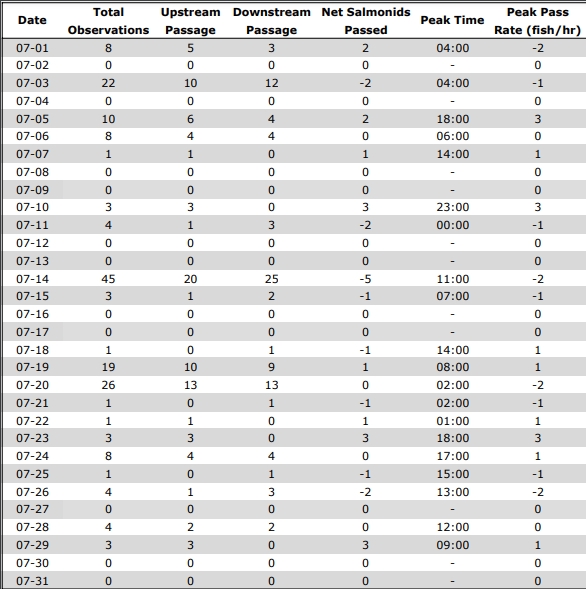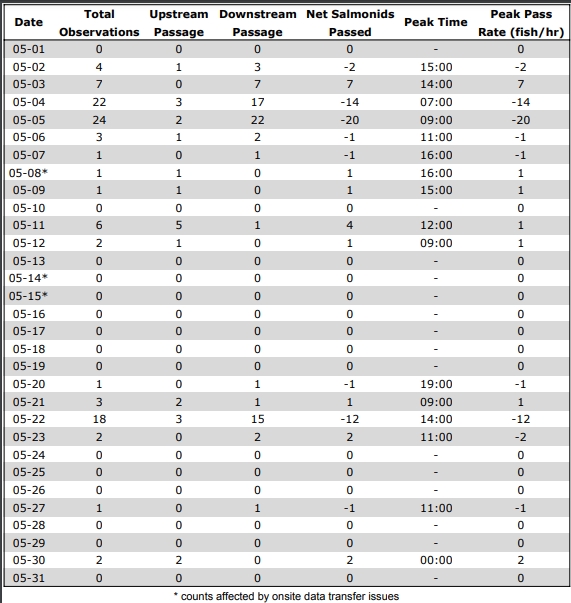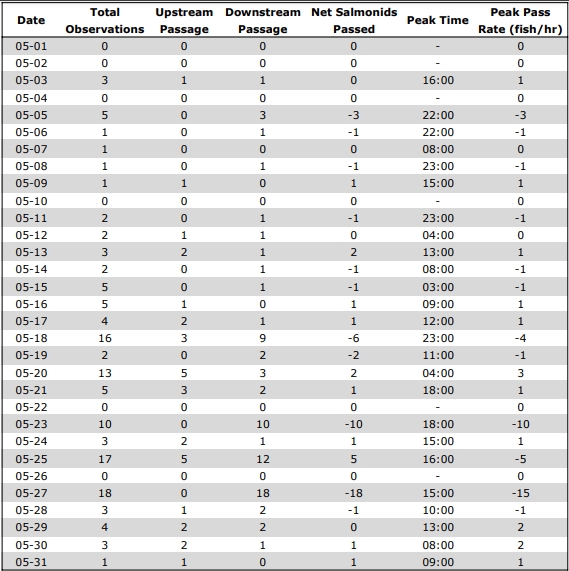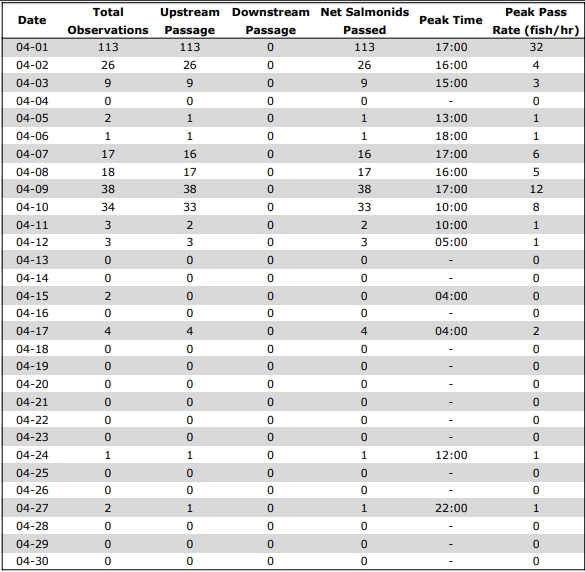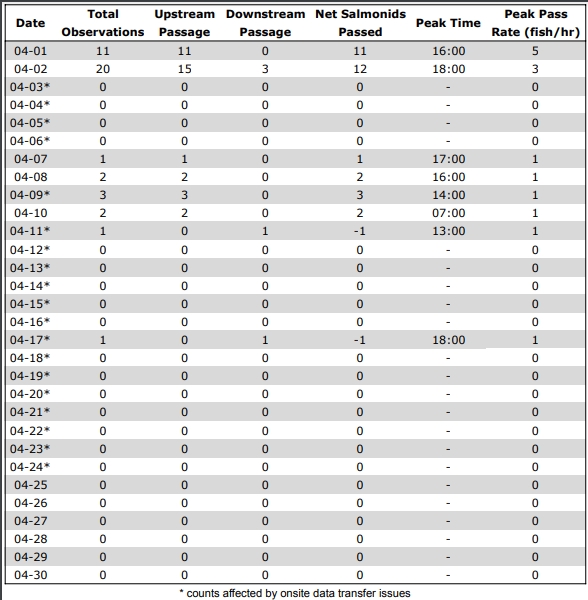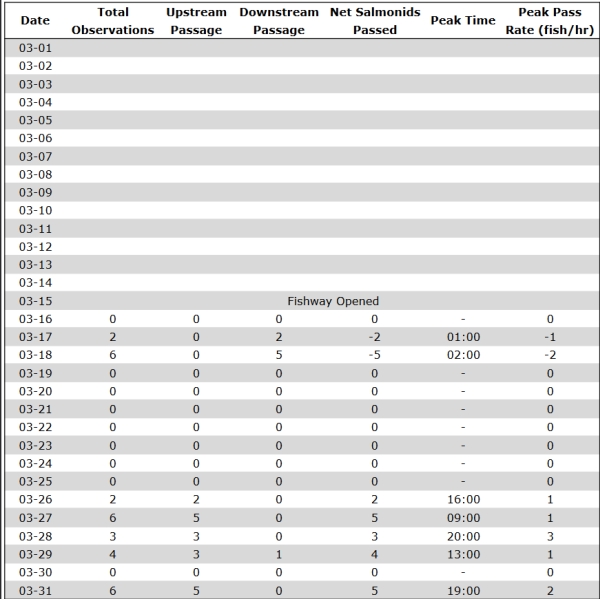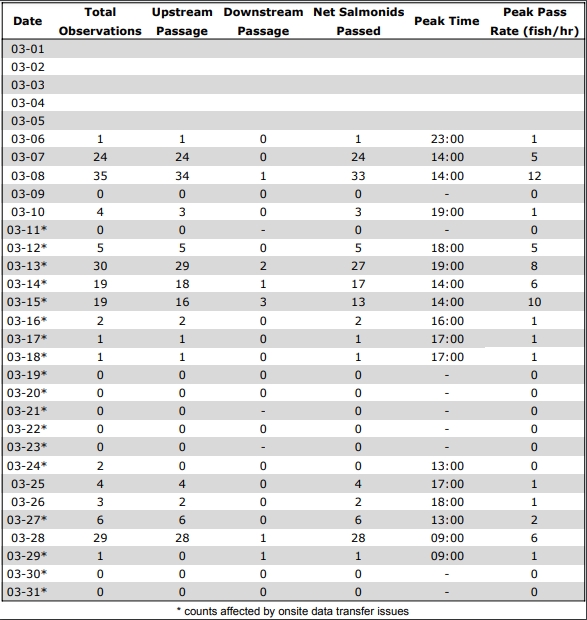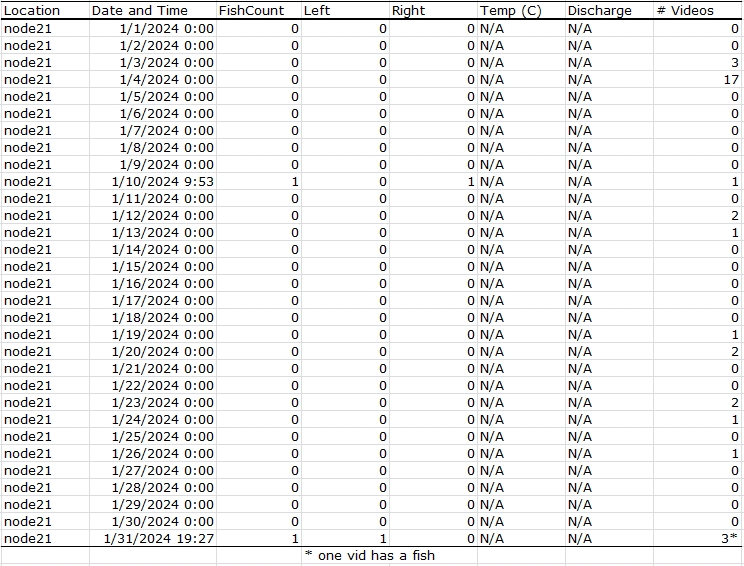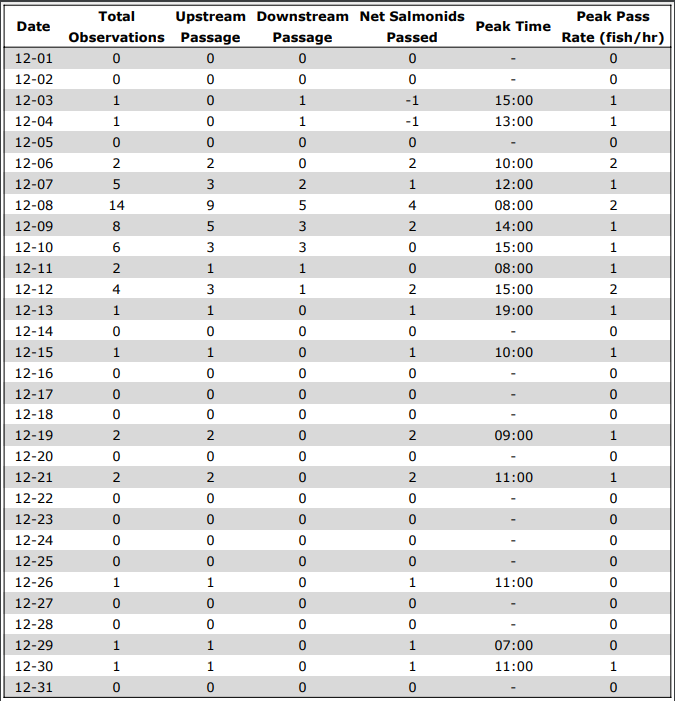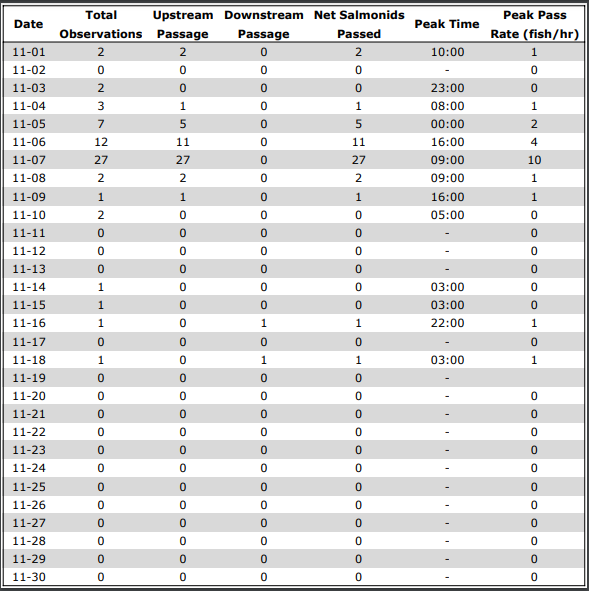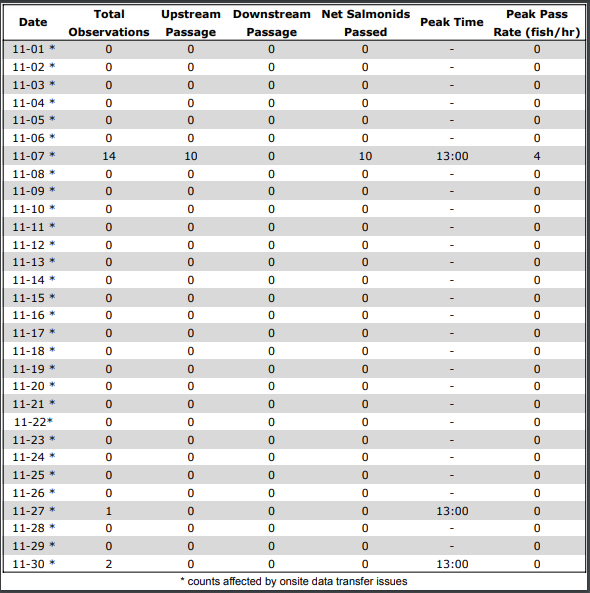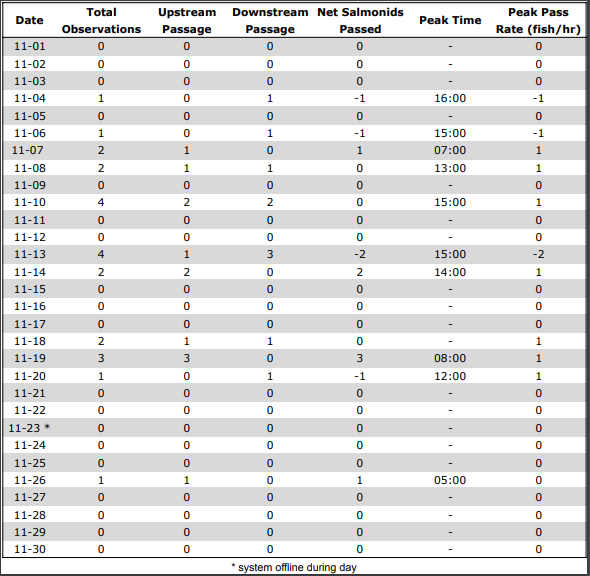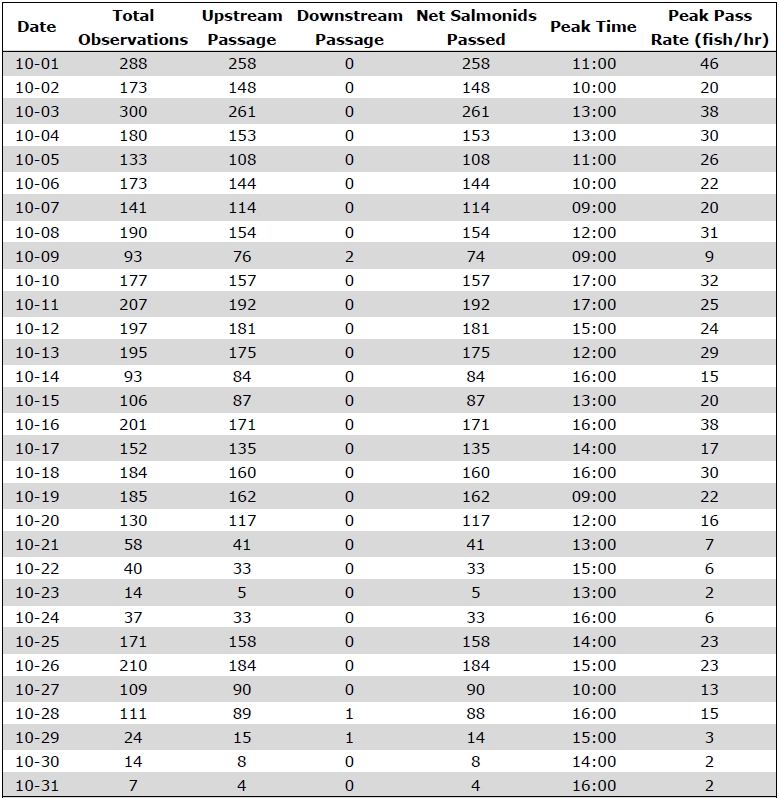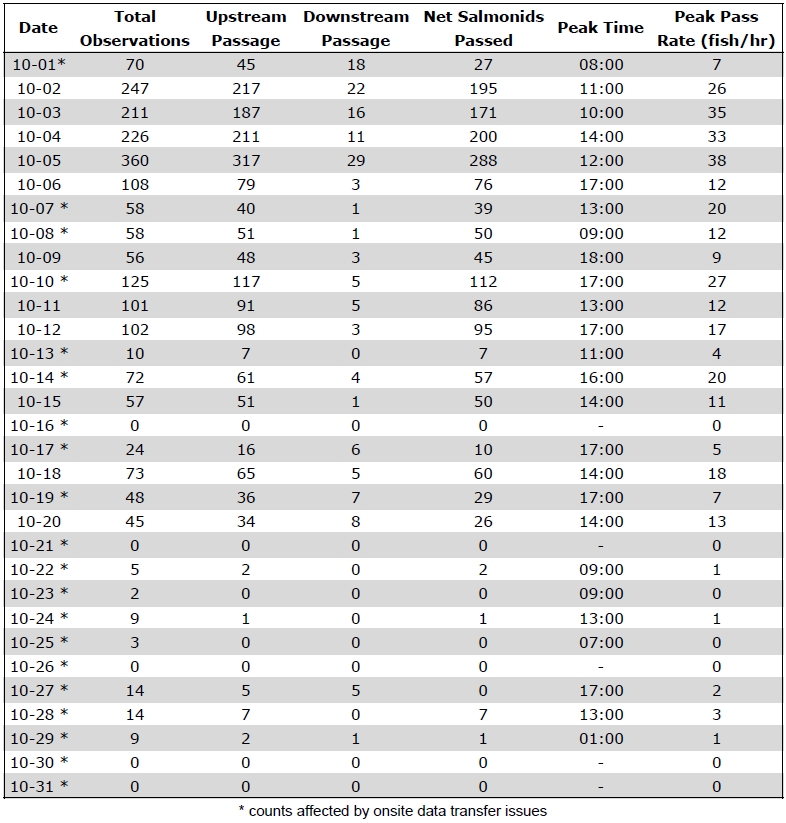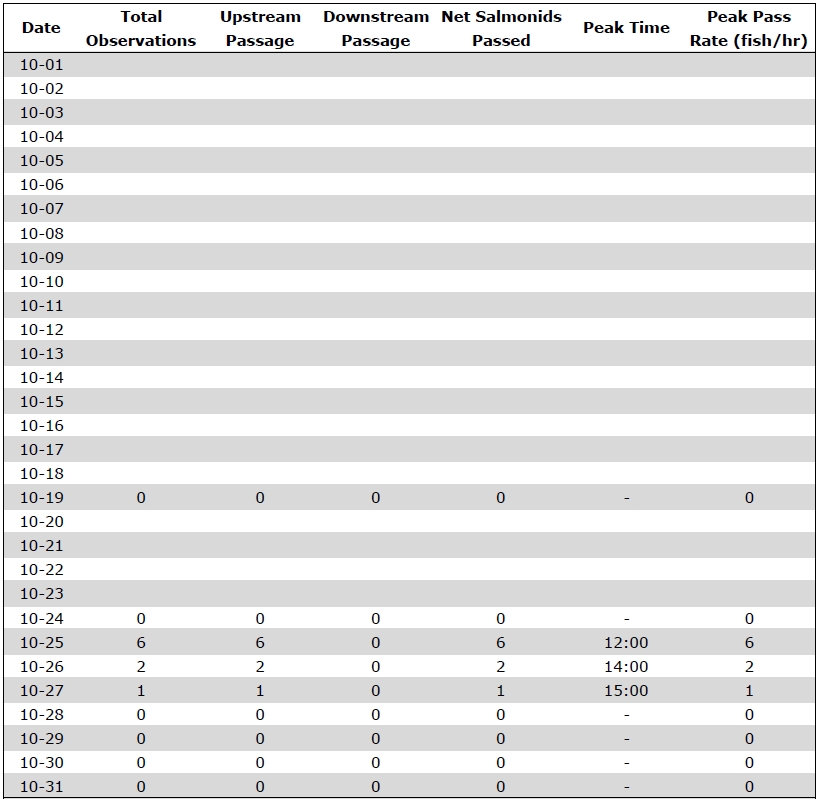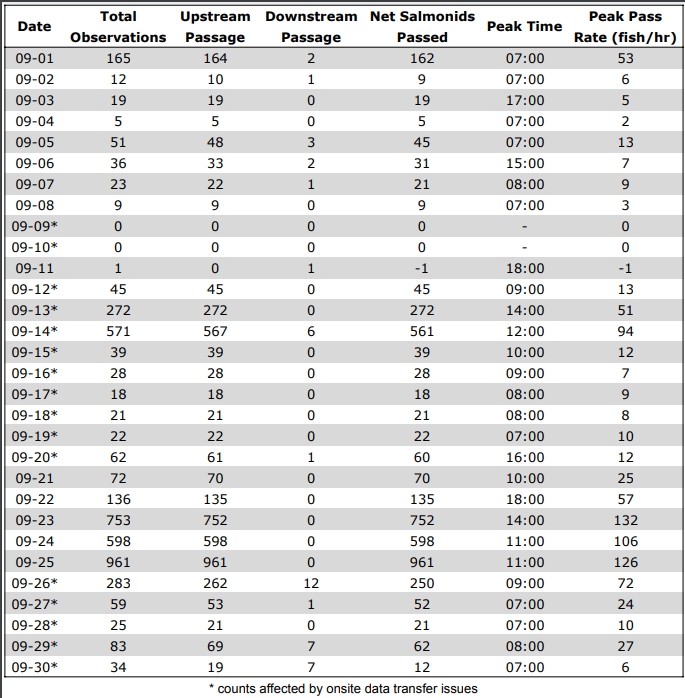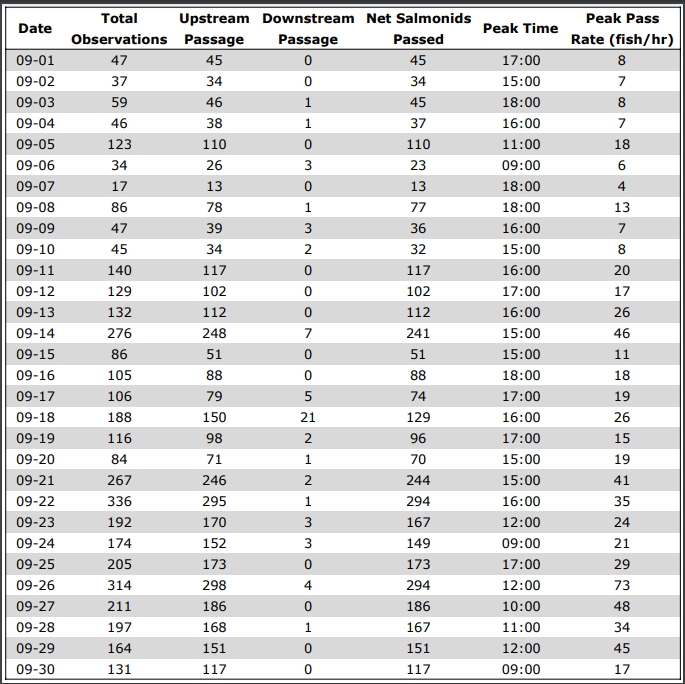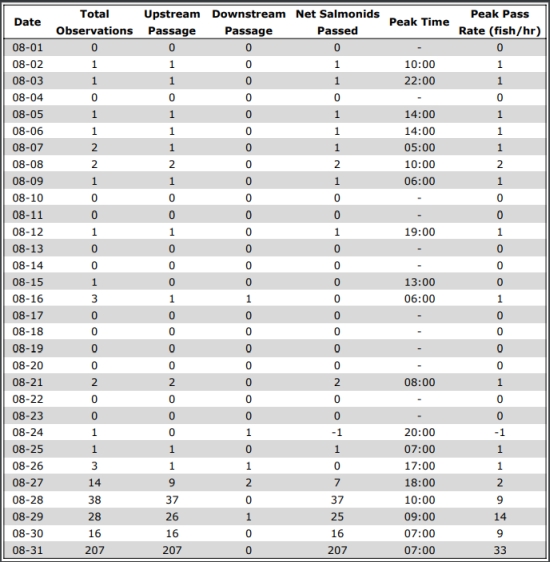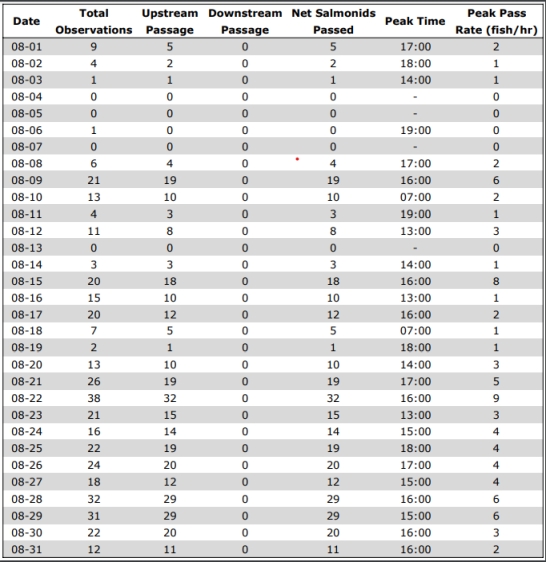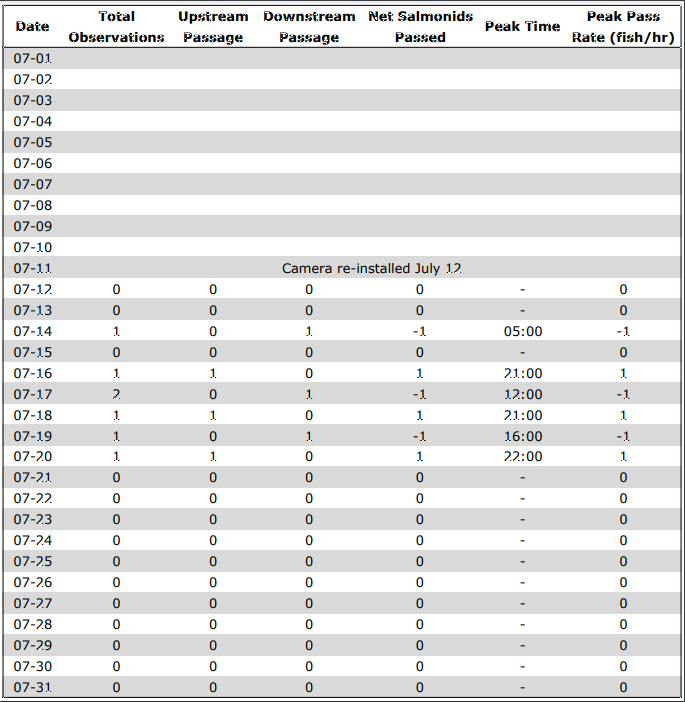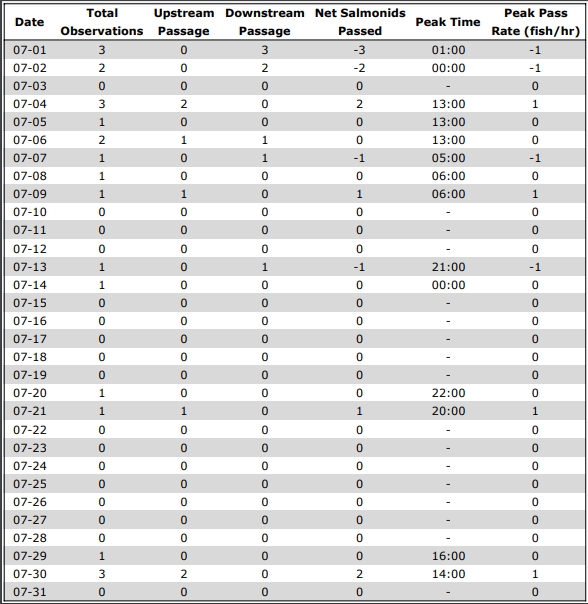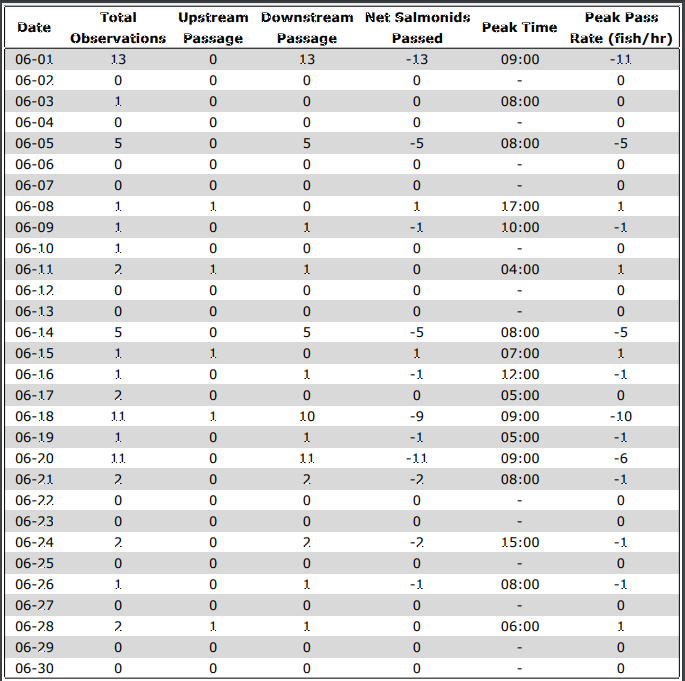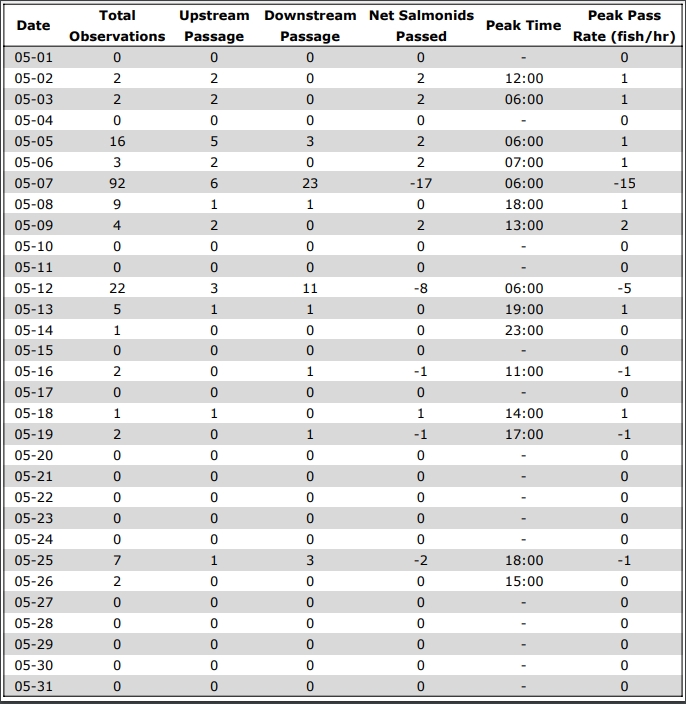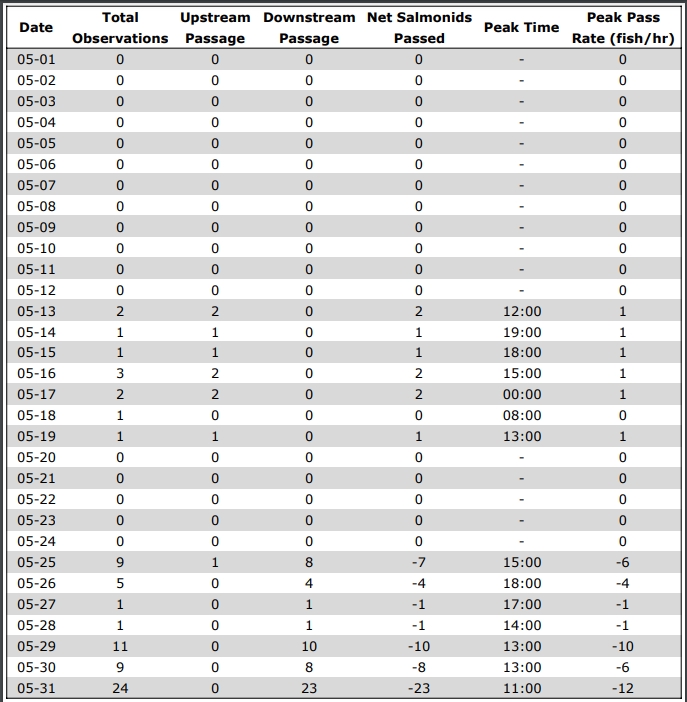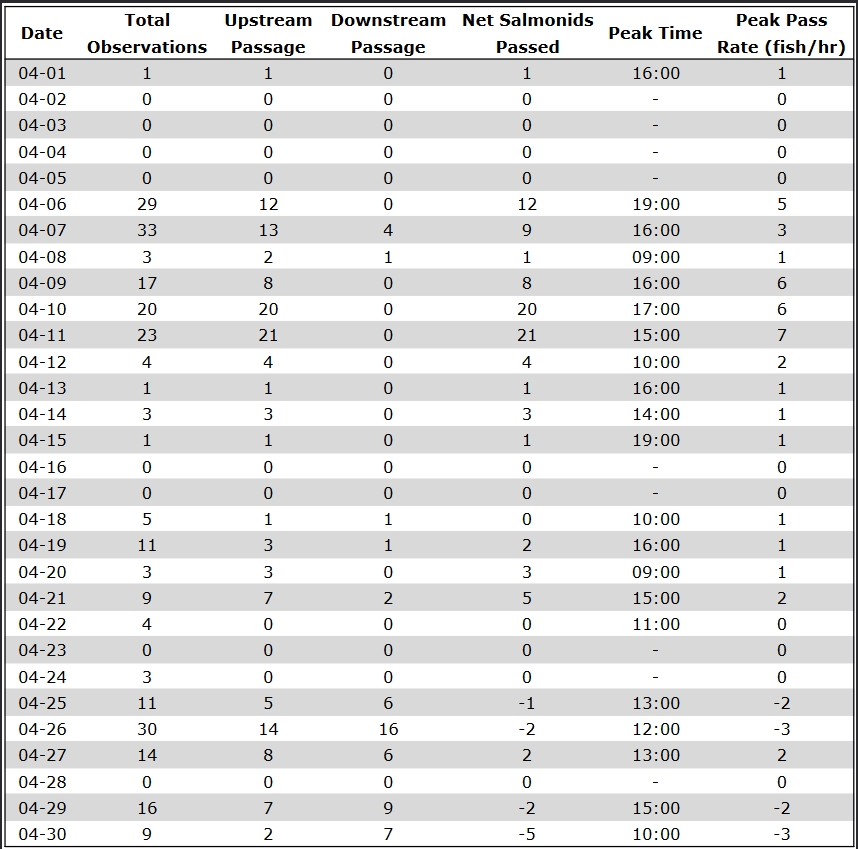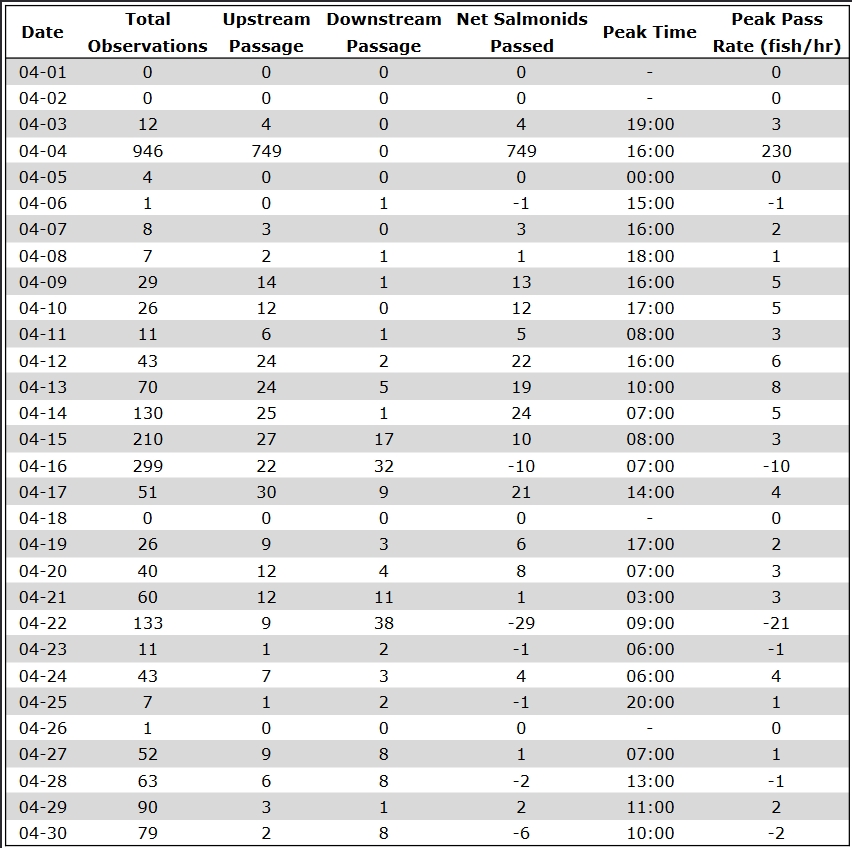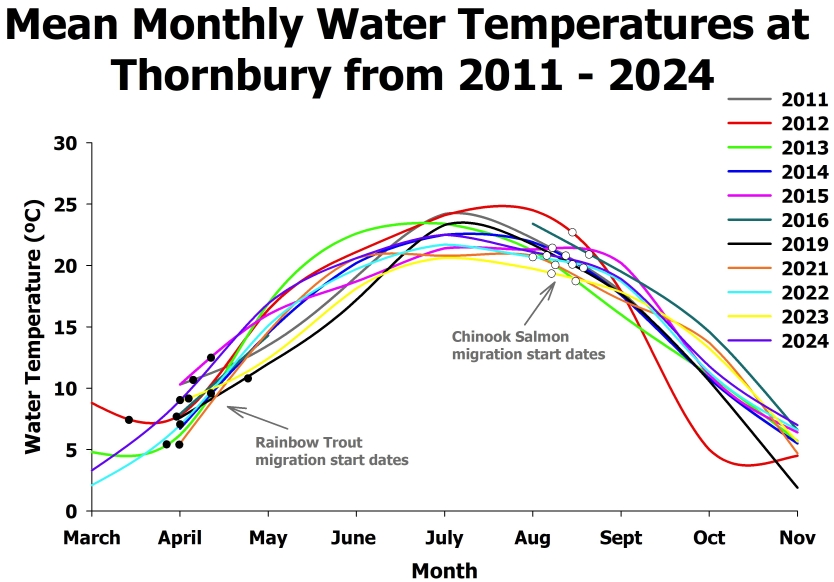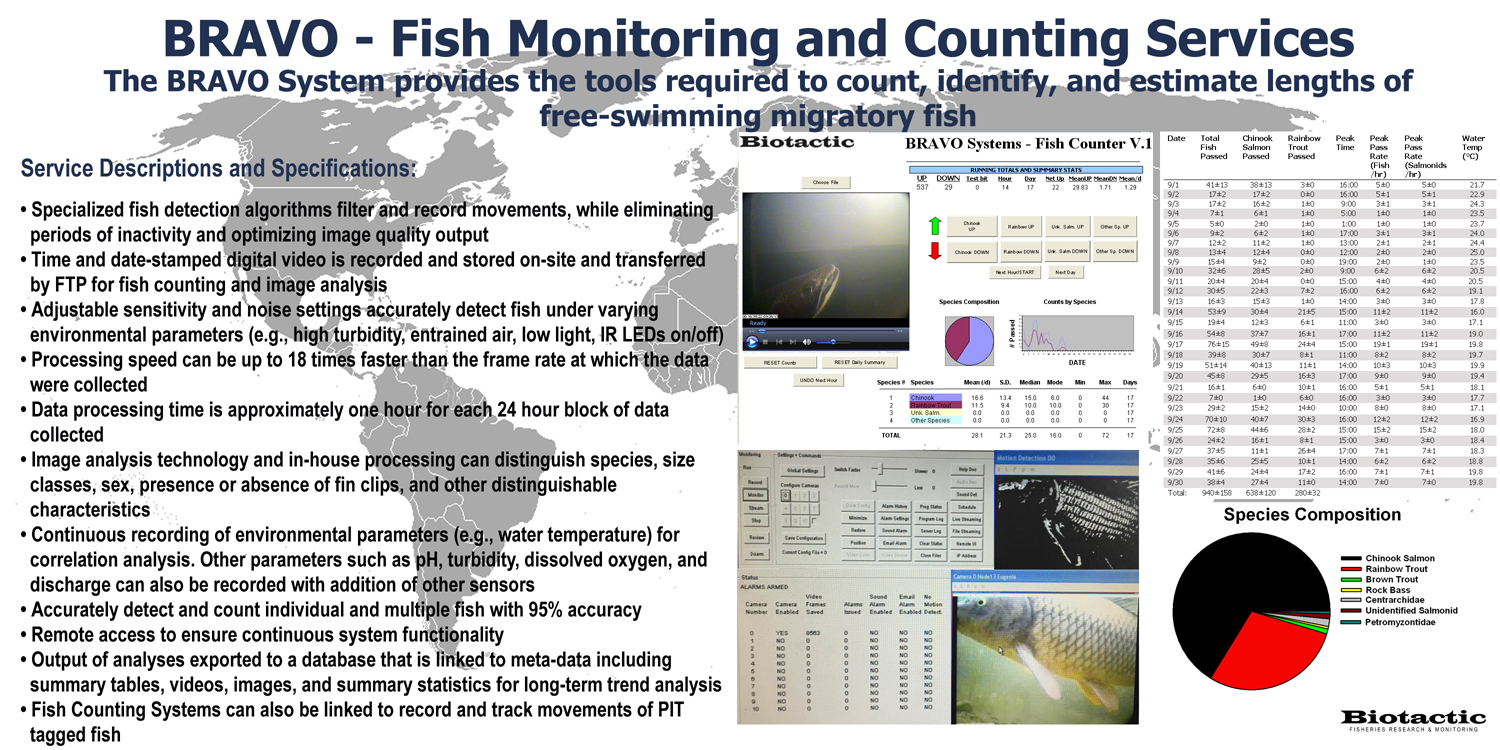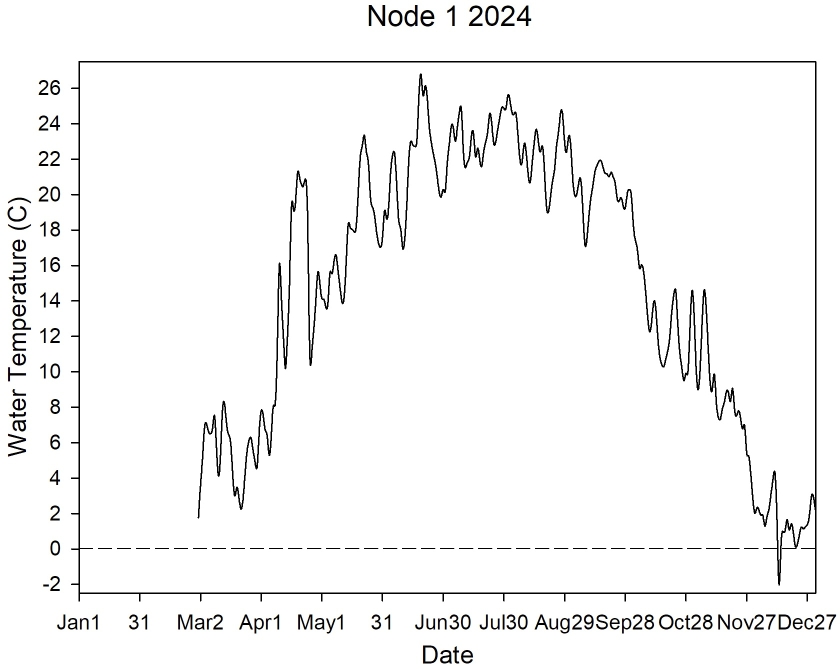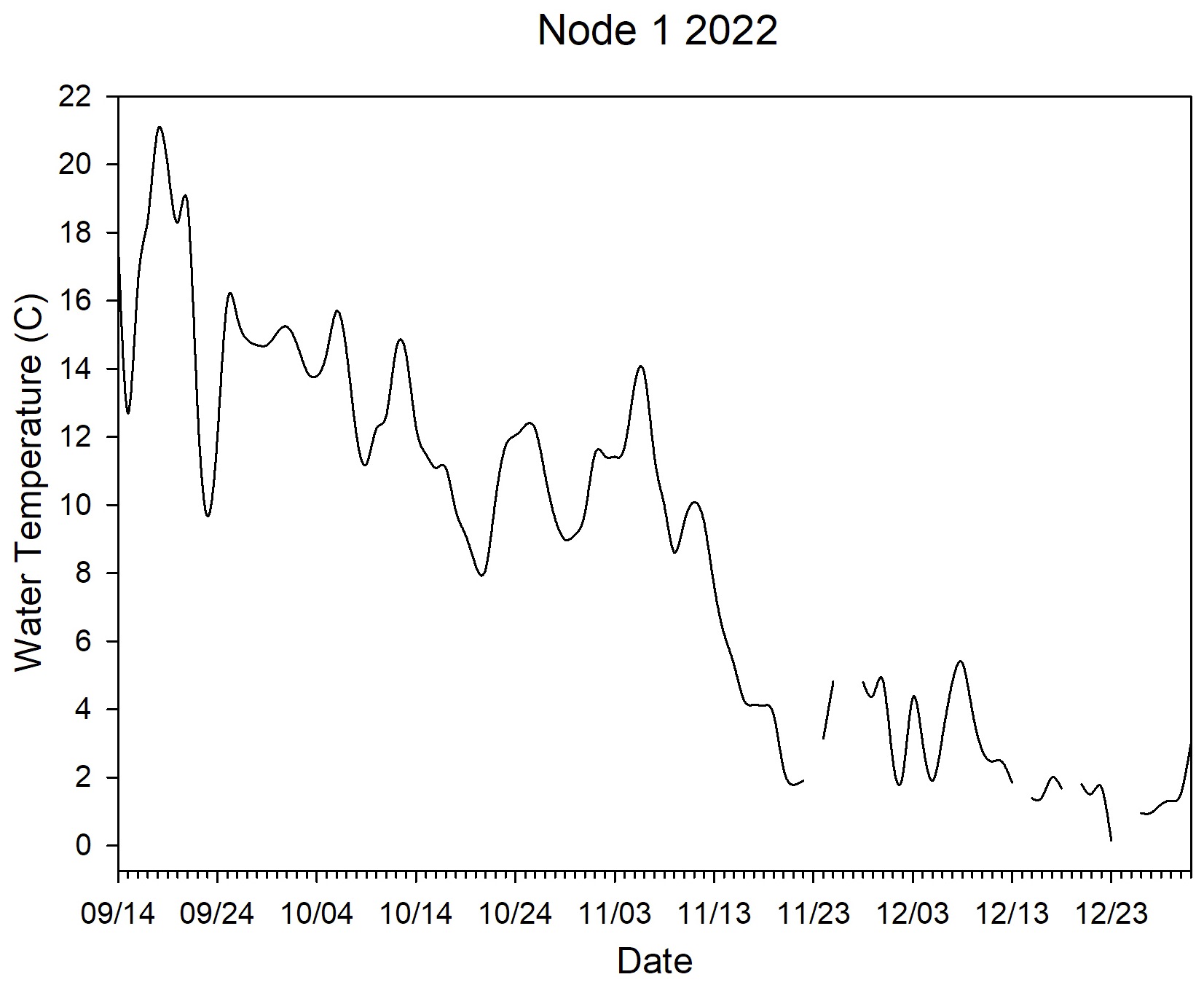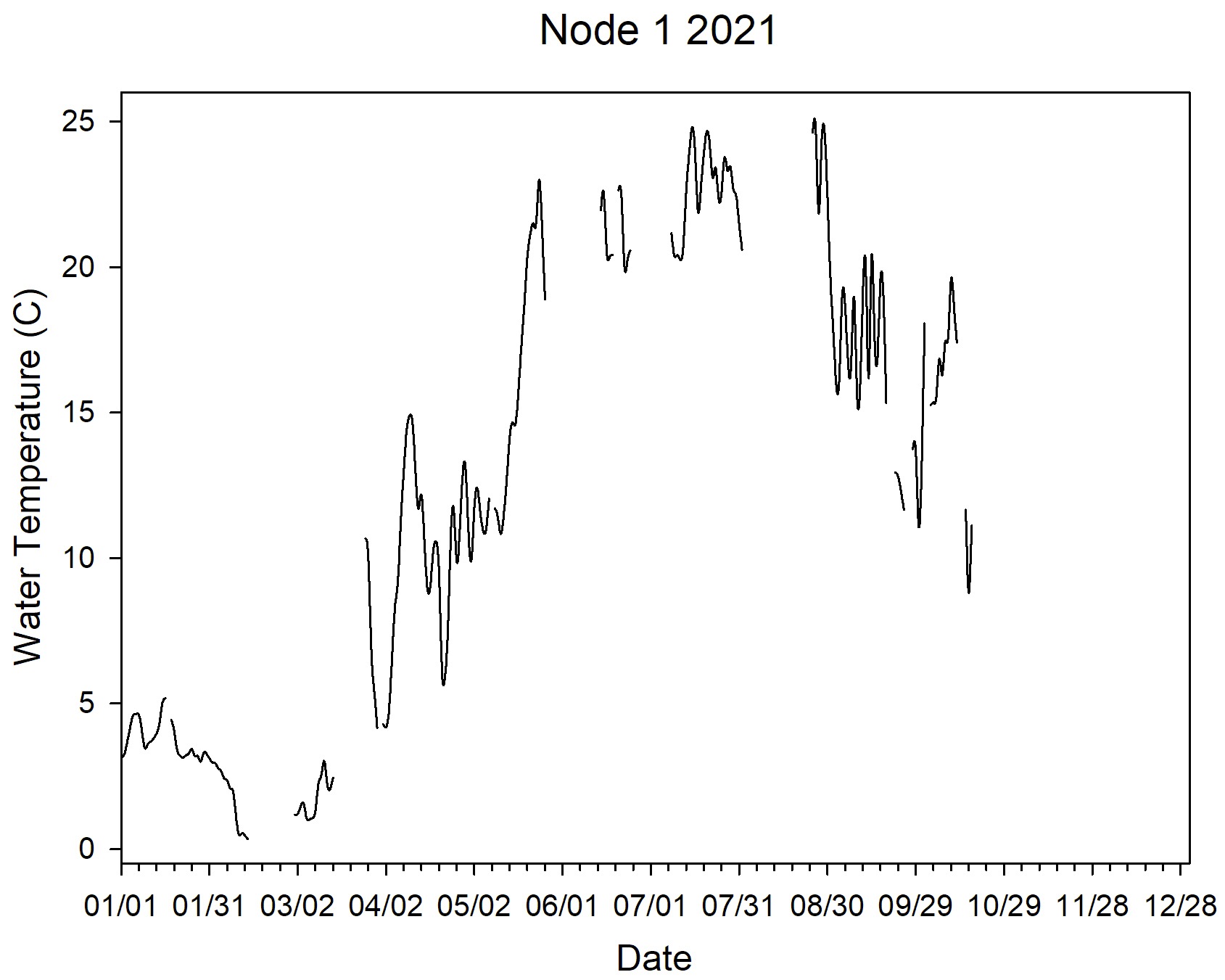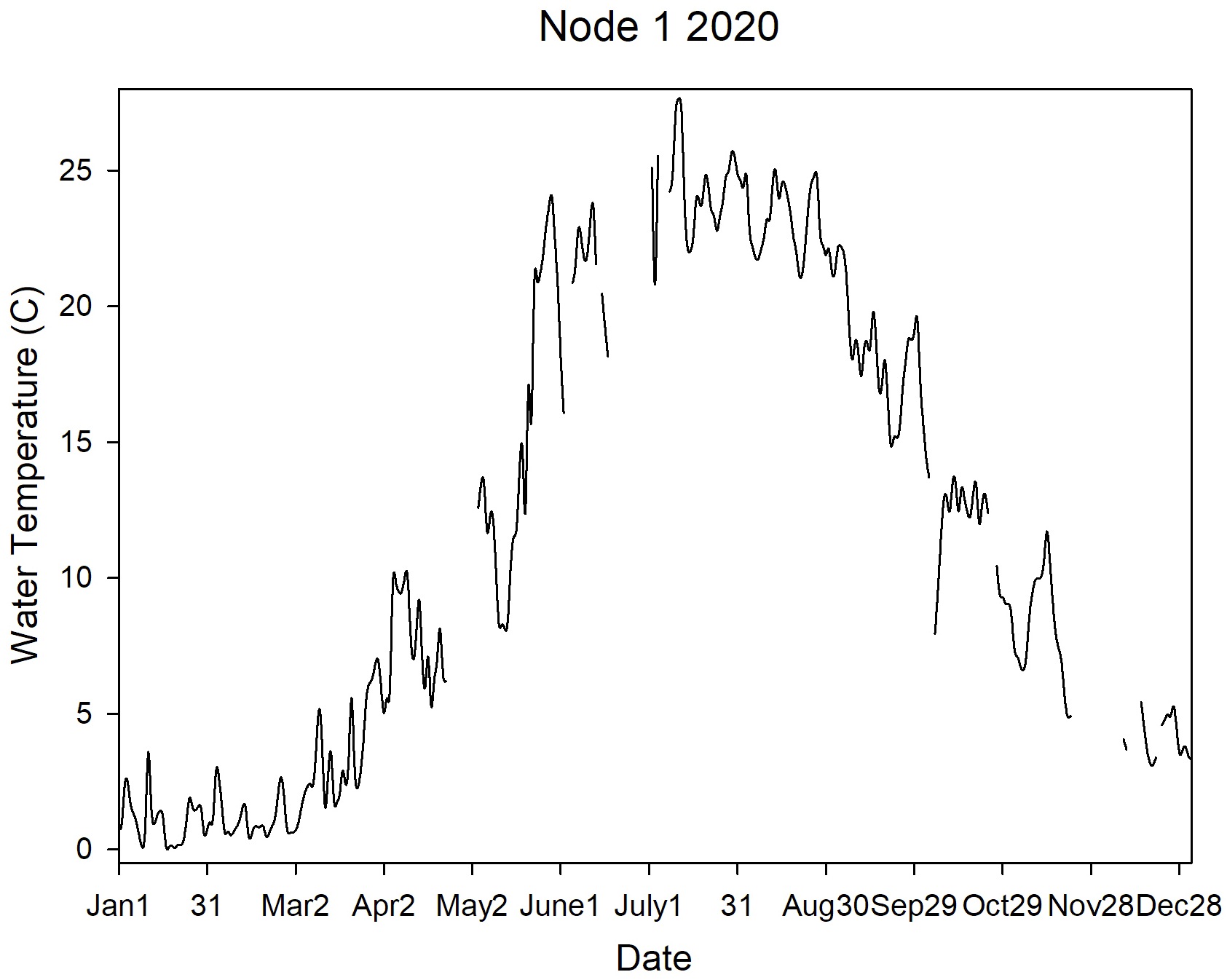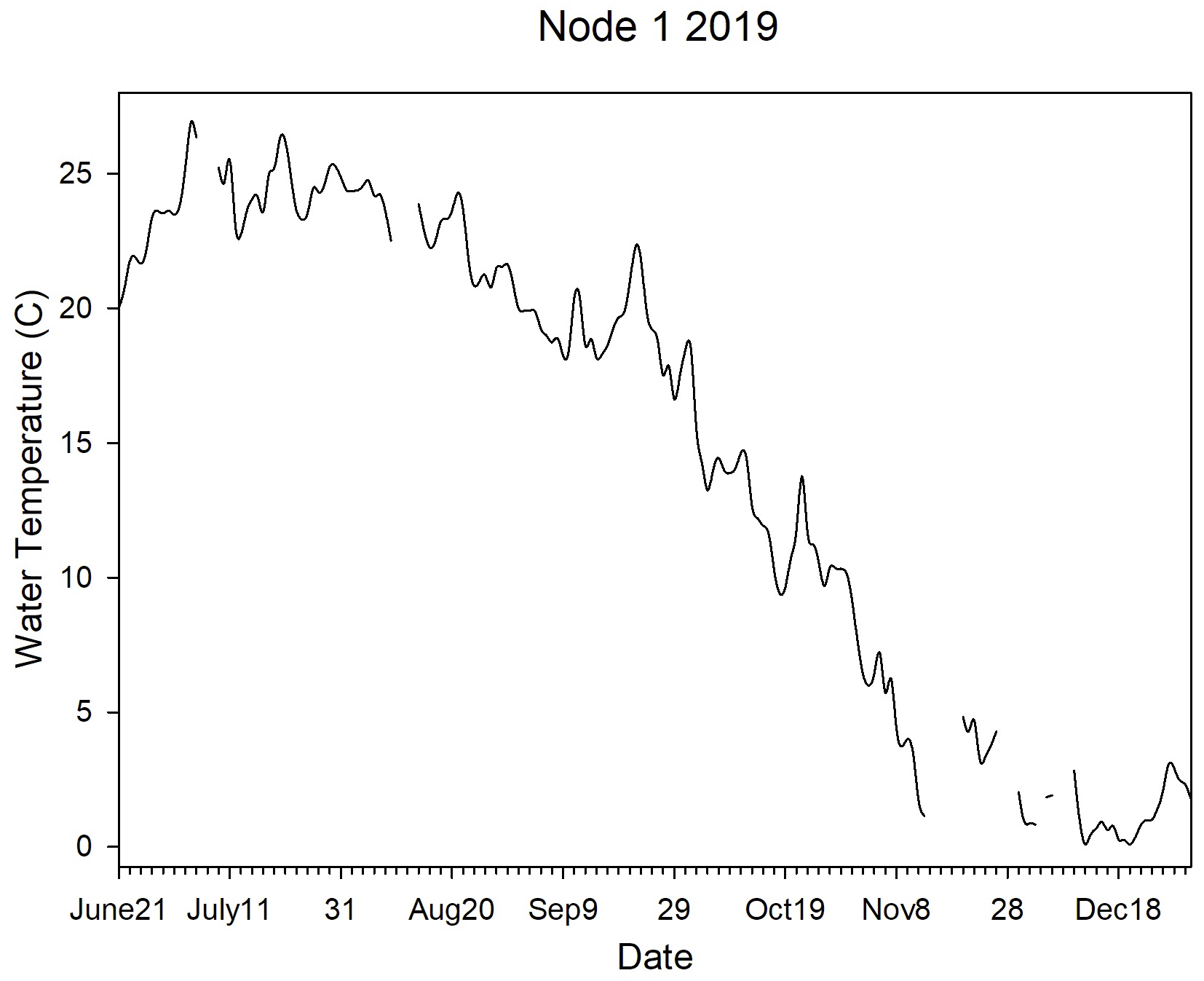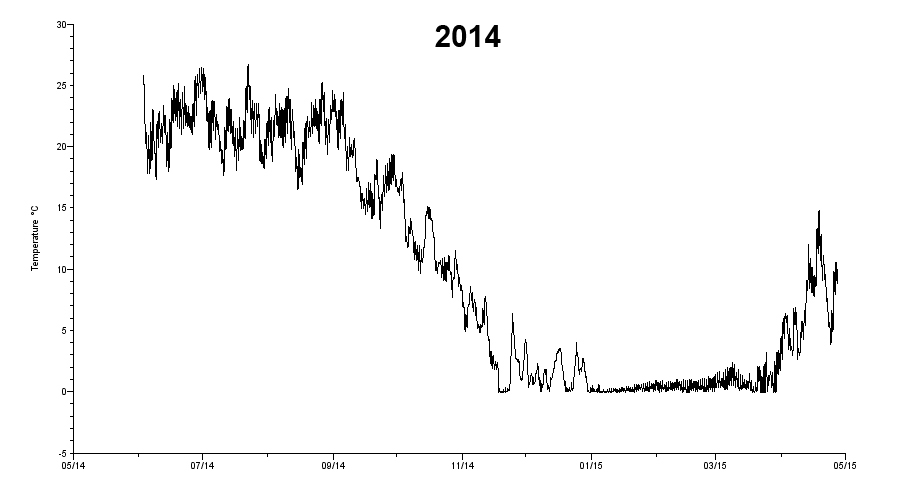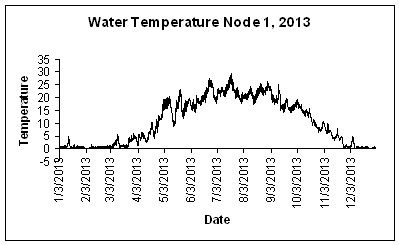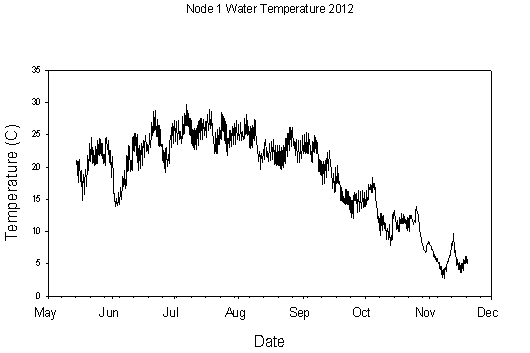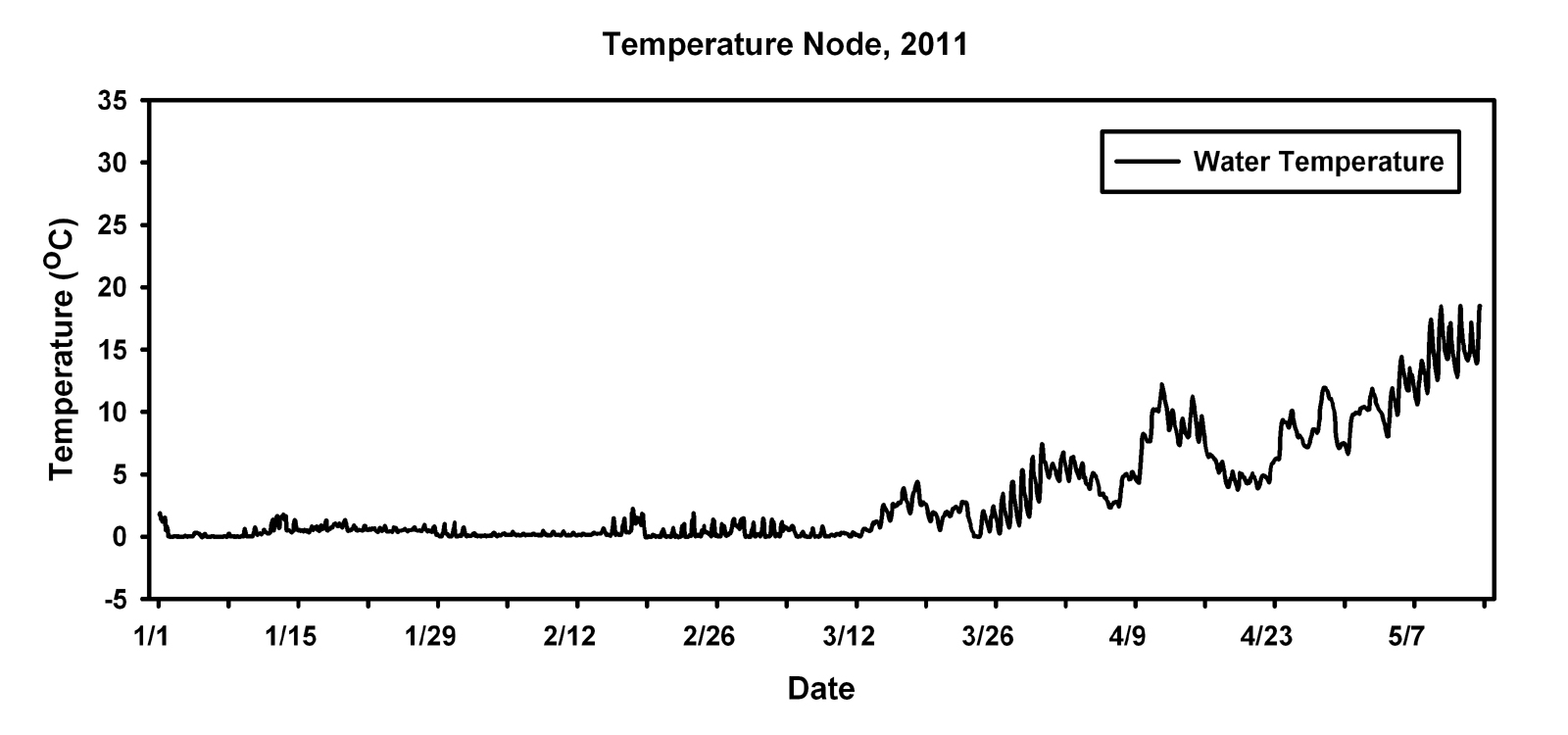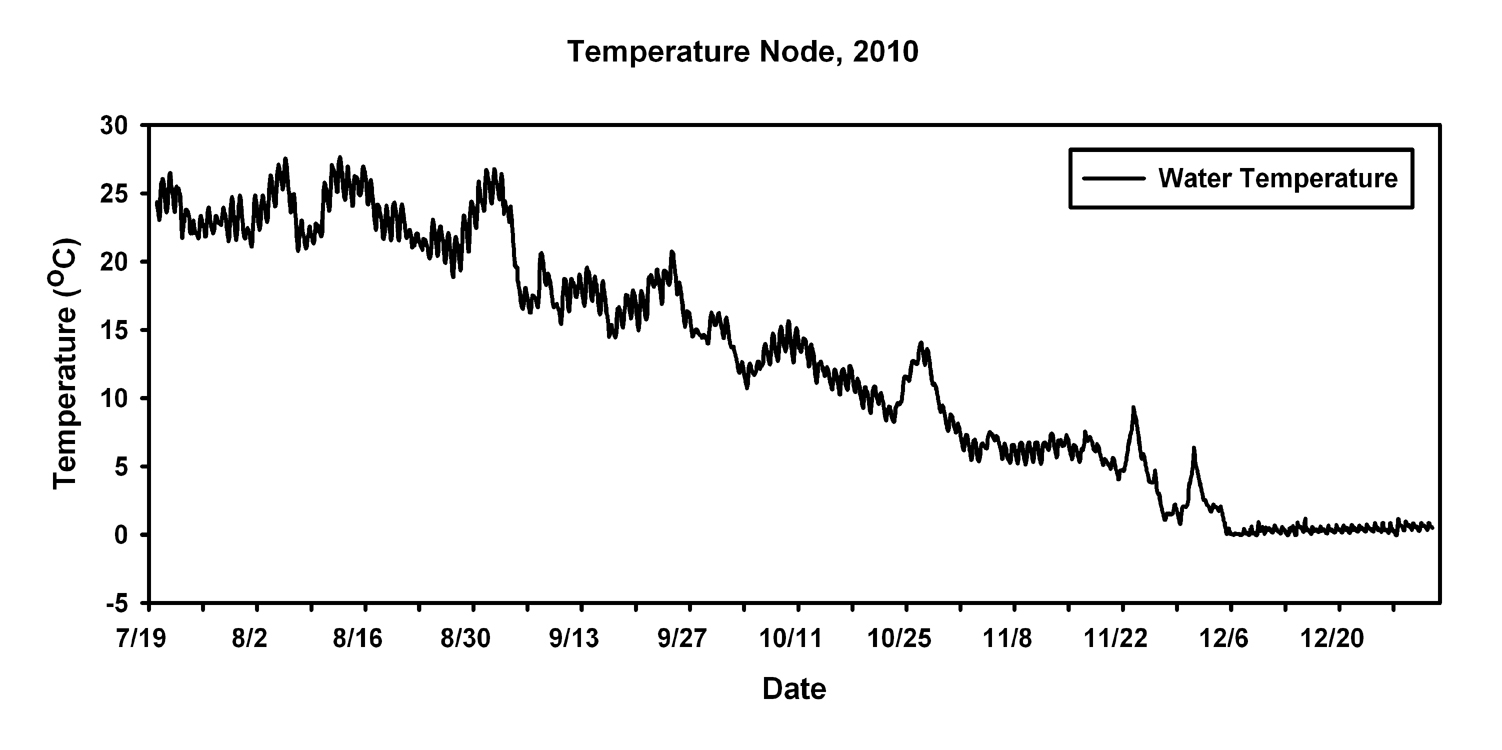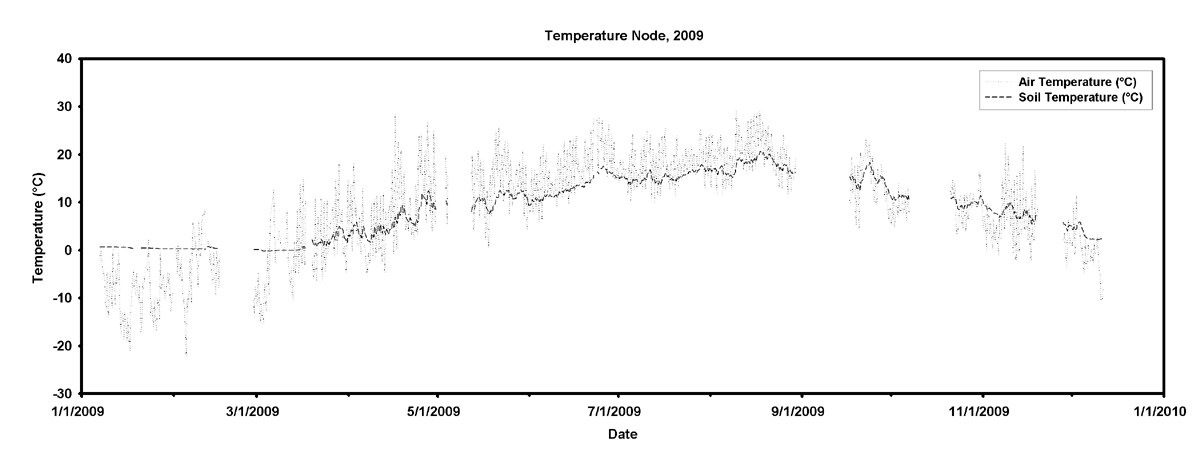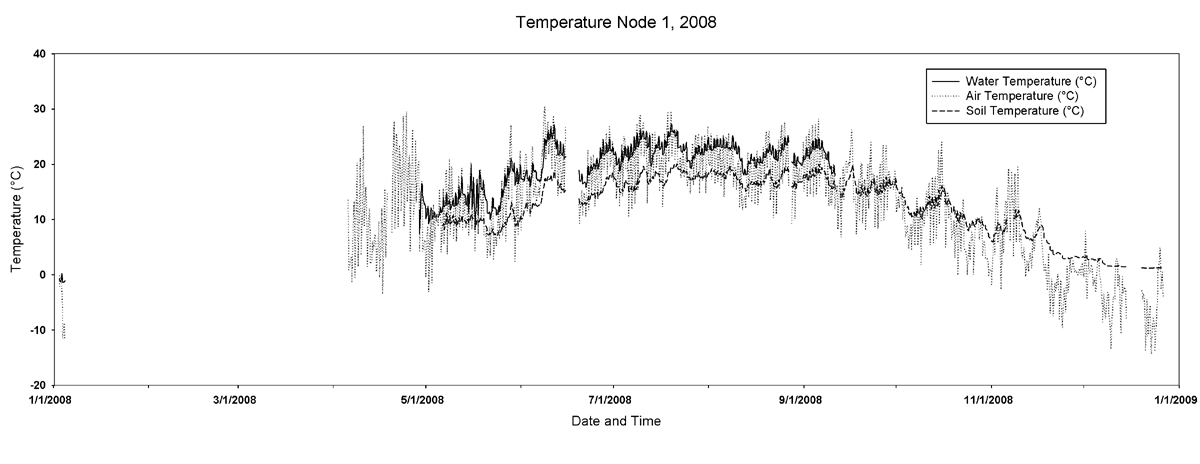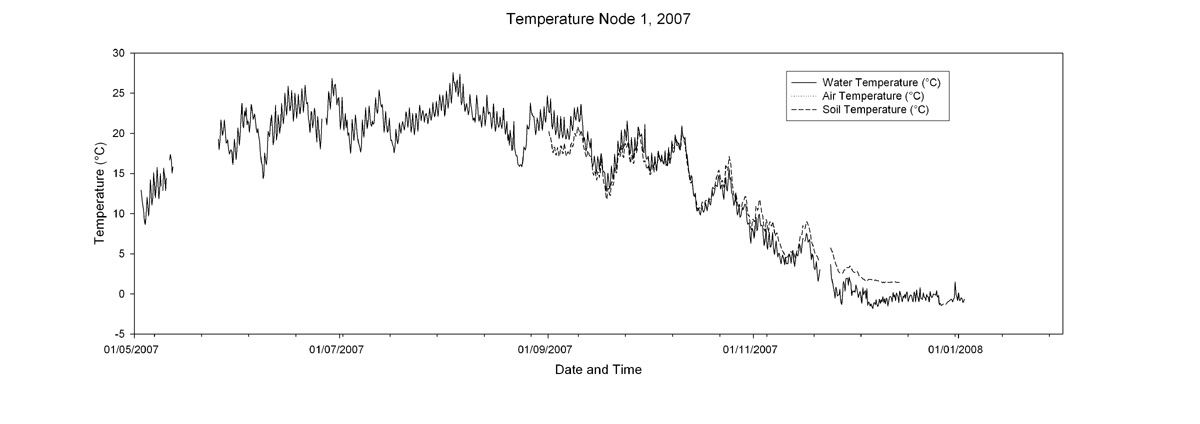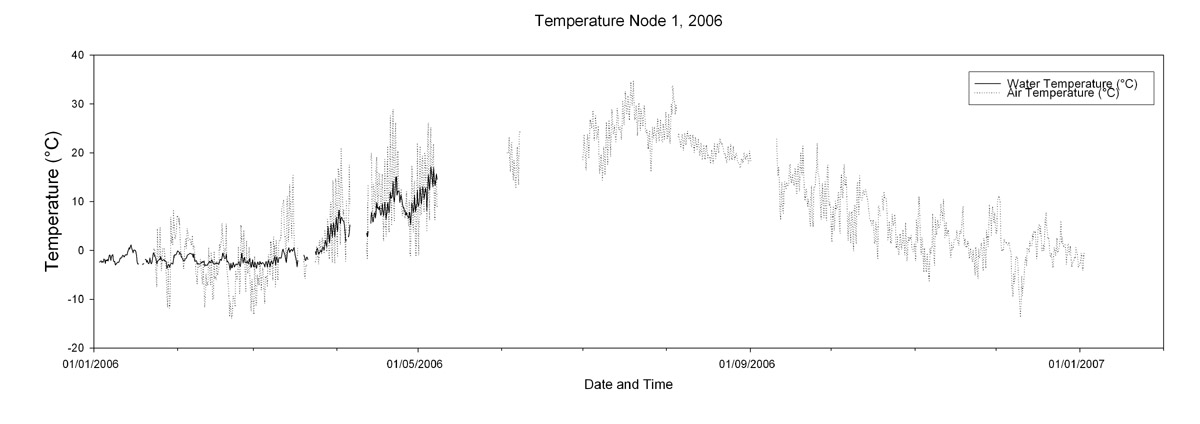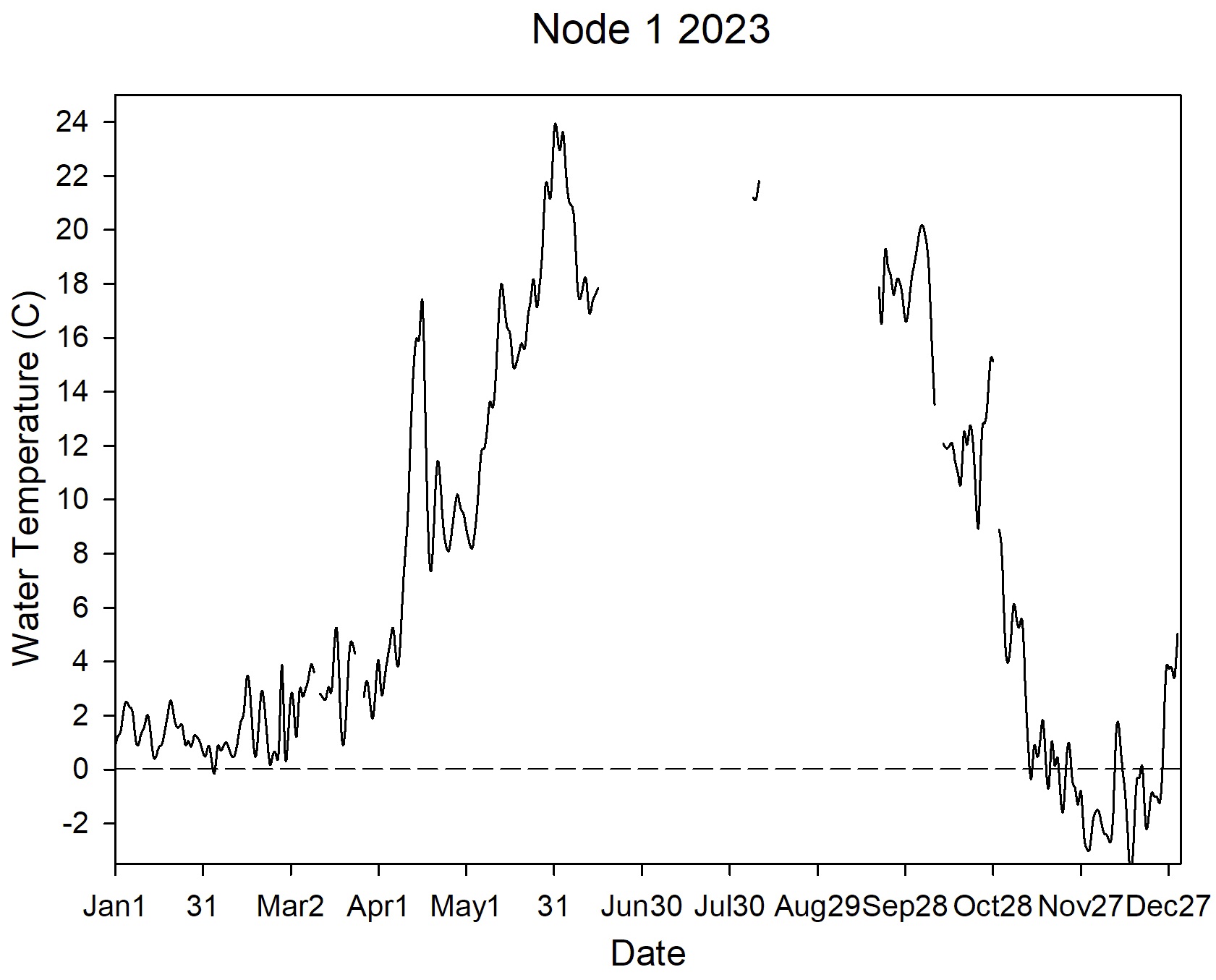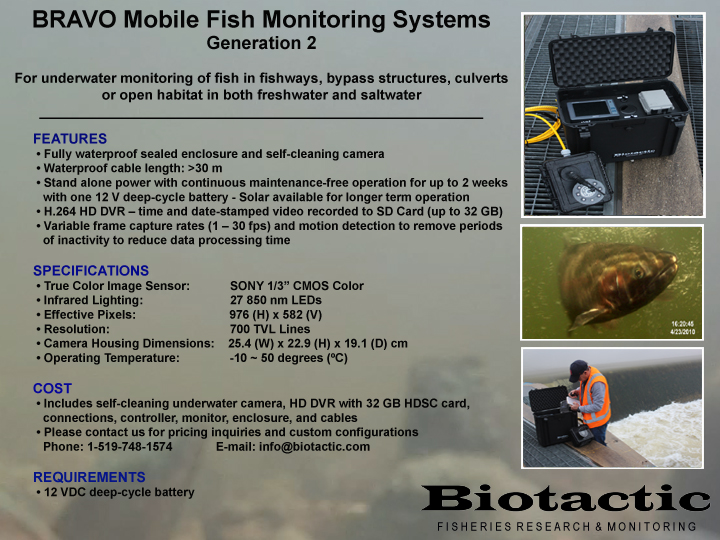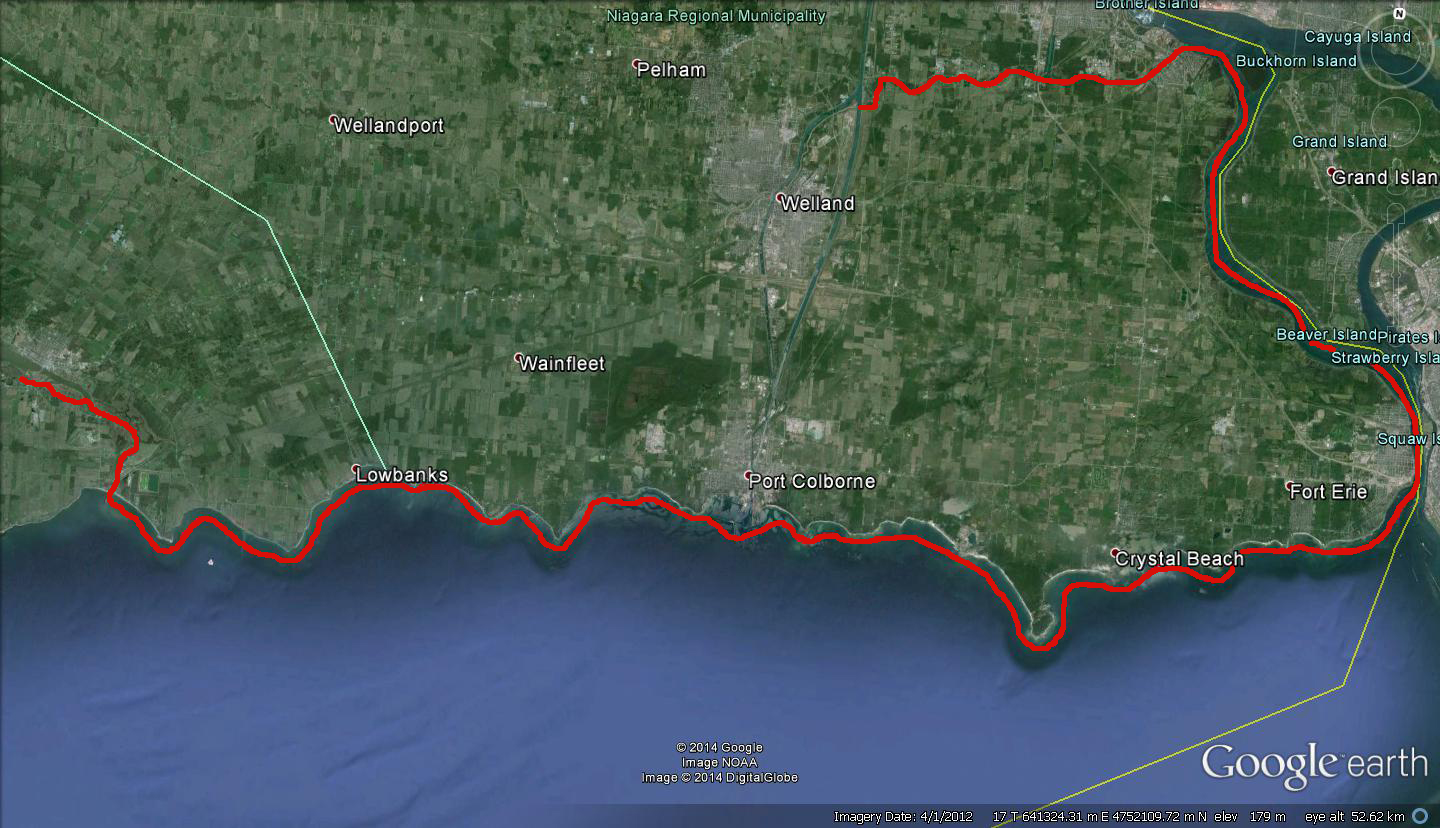Black Redhorse (Moxostoma duquesnei) - Larval Habitat Preferences
We worked in conjunction with Fisheries and Oceans Canada to study egg development, early life history and larval/juvenile habitat requirements of black redhorse (Moxostoma duquesnei). Black redhorse is one of several redhorse species native to the Grand River, Ontario and literature is limited. In 2007, black redhorse were found to closely associate with greater redhorse (Moxostoma valenciennesi), and shared the same spawning riffles. Although they were using the same riffles there was clear habitat partitioning between the two species in terms of the area, current and depth utilized. Golden redhorse (Moxostoma erythrurum) were observed spawning on separate riffles.
On May 15 2007, mature brood stock were captured and gametes were collected streamside. Fertilized eggs were then carefully transported to our hatchery. After 13-14 days the eggs hatched and after another 5 to 6 days larval fish became free-swimming. Eggs were also collected from spawning redds on May 25 and transported to our hatchery. They hatched simultaneously with the artificially fertilized eggs. On June 4 the spawning riffle was surveyed and larval redhorse were observed congregating and feeding 20-30m upstream along the riverbanks in shallow slack water and backwater areas.
In 2008 we built a fully controlled fifteen tank hatchery with three thermal replicates ranging in temperature between 0 - 30 degrees C. We raised black redhorse successfully in 2008 to study the ontogentetic development and larval/juvenile habitat requirements in Canada.
On May 15 2007, mature brood stock were captured and gametes were collected streamside. Fertilized eggs were then carefully transported to our hatchery. After 13-14 days the eggs hatched and after another 5 to 6 days larval fish became free-swimming. Eggs were also collected from spawning redds on May 25 and transported to our hatchery. They hatched simultaneously with the artificially fertilized eggs. On June 4 the spawning riffle was surveyed and larval redhorse were observed congregating and feeding 20-30m upstream along the riverbanks in shallow slack water and backwater areas.
In 2008 we built a fully controlled fifteen tank hatchery with three thermal replicates ranging in temperature between 0 - 30 degrees C. We raised black redhorse successfully in 2008 to study the ontogentetic development and larval/juvenile habitat requirements in Canada.
